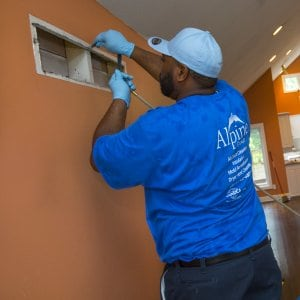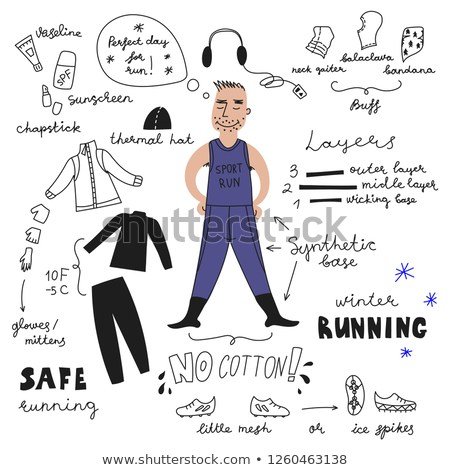5 Life Hacks to Beat Seasonal Allergies
Whether you suffer from asthma or some other respiratory ailment that sets off your allergy symptoms, here are some tips from HVAC experts about how to minimize allergens in your home and find allergy relief.
1. Clean your air ducts
According to Dave Ford, president of DUCTZ of Central Mid-Atlantic Region in Baltimore, the average home generates about 40 pounds of dust per year, which tends to accumulate in ducts, returns and registers. An air duct cleaning can clear out the pollen, he says, as well as pet dander and microbes that tend to mix with the dust.
“Your home is a closed loop, and thoroughly cleaning your HVAC system can keep those microbes from recirculating,” he says.
Related Article

Is Air Duct Cleaning Worth It?
Experts agree there is value to air duct cleaning, although there's no scientific evidence it improves air quality.
Ford recommends hiring a certified contractor who will address all parts of the system and not just vacuum out the ducts. “The most crucial part of the job is cleaning the air handler,” he says. “If the coils and air handler aren’t cleaned, as you soon as you turn the system back on, the contaminants will just blow back into the home envelope.”
2. Change your air filter
Bill McIntosh, owner of Cool Air Technologies in Tustin, California, has struggled with allergies all his life, and says he’s learned which tricks will best keep his home safe from pollen and other seasonal allergy triggers. Using the best HVAC air filter — and changing it regularly — plays a big role.
“I change my filter four times a year, and that helps a lot,” he says.
He recommends using a filter with a Minimum Efficiency Reporting Value (MERV) rating of about 8. Higher MERV ratings will block out more contaminants, but the dirtier they get, the more wear and tear they place on your system and the more energy they use. He says an 8-MERV HVAC filter changed several times a year strikes the best balance.
3. Run your HVAC fan with the heat and air off
McIntosh says he runs his fan during the temperate seasons for a while in order to clear out the system. “I’ll run my furnace fan nonstop for about three weeks, then change my filter,” he says. “That cleans all of the allergens out of the ductwork and sucks it back into the filter. Also, the more air you run through your vents, the less moisture there is to allow mold to develop.”
4. Let air run through your house
Whether you run your fan or keep windows and doors open, McIntosh recommends keeping air circulating. “The more you run air across surfaces, the cleaner it remains,” he says.
Related Article

7 Natural Home Remedies for Cat and Dog Allergies
At least 10 percent of dogs and cats suffer from symptoms caused by flea, environmental and food allergies.
Of course, keeping doors open won’t help people with specific outdoor allergies such as ragweed and pollen. In those cases, Ford suggests that homeowners keep their house as tightly closed as possible. Taking off shoes and jackets at the door also helps you avoid tracking in any allergens.
5. Keep your home clean and tidy
Regular house cleaning prevents allergens from sticking around and makes sure mold and microbes can’t grow. McIntosh says a bit of Lysol disinfectant at the bottom of your HVAC filter will help kill microbes. A vacuum with a HEPA filter helps kill microbes, and you should clean dust using a wet cloth rather than a feather duster to avoid spreading it around.
How do you beat allergies? Share your tips with other readers in the comments section below.
source:here

